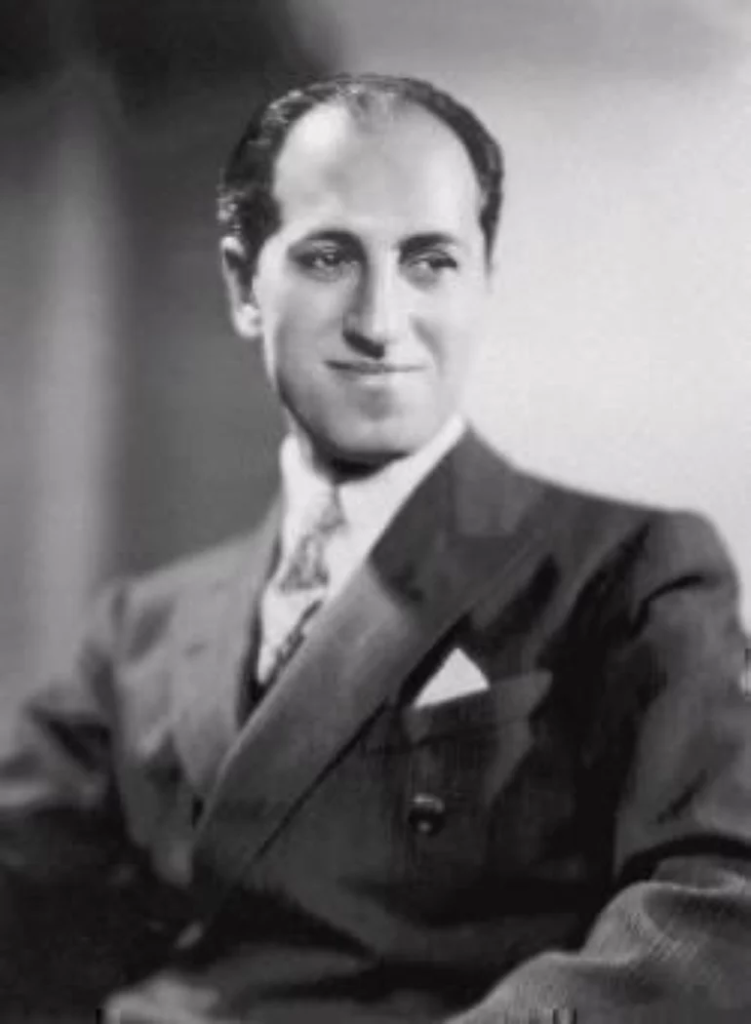To close my recent National Public Radio documentary “The Gershwin Moment,” I pose the following hypothetical: What if George Gershwin, a contemporary of Aaron Copland, had lived as long as Copland did – and died in 1988 at the age of 90 rather than in 1937 at the age of 38? I then turn to the music historian Mark Clague, who heads the Gershwin Initiative at the University of Michigan. Mark memorably responds:
“One of the most powerful experiences I had researching Gershwin’s music was at the Library of Congress looking through his letters – and I found one in which he was speculating about the projects he would undertake after Porgy and Bess. One of them was a symphony. It was like a punch to the heart to read about what George Gershwin might have done had he not died at the age of 38. It would have completely changed what we think of as American music. I was struck just the other day reading that the Metropolitan Opera had discovered that tickets for operas by living composers were selling better than the [European] classics. Had George Gershwin lived we wouldn’t just be discovering that in 2023. We would have obtained a vibrant living tradition of American composers being the main voices [in the US] for symphonic music and opera. We would have had an unbroken tradition going back to Rhapsody in Blue in 1924.”
I close by remarking:
“In the history of Western classical music, two composers famously died in their thirties: Mozart at thirty-five; Schubert at thirty-one. Had either lived a few decades longer, our musical inheritance would be immeasurably richer – but the fundamental trajectory of German music would have stayed much the same. Gershwin, in comparison, was a divine interruption, a comet from another planet. He was foraging in a New World musical wilderness whose distant borders were inhabited by figures as far-flung as Charles Ives, Aaron Copland, Irving Berlin, and Jelly Roll Morton. The poet Franz Grillparzer wrote a famous epitaph for Schubert’s grave: ‘The art of music here entombed a rich possession; but even far fairer hopes.’ Grillparzer, however, was misled: most of Franz Schubert’s most profound music was unknown at the time of his death, unpublished and unheard. With its anticipation of ‘far fairer hopes,’ Grillparzer’s German epitaph better suits America’s George Gershwin.”
You can hear “The Gershwin Moment” here. The other participants are John McWhorter, pianist Kirill Gerstein, and cultural historian Traci Lombre. The musical clips include three of my favorite historic Gershwin recordings: Ruby Elzy singing “My Man’s Gone Now” at the Hollywood Bowl Gershwin Memorial concert, Nina Simone singing “I Love You Porgy,” and the 1960 Soviet Rhapsody in Blue with Alexander Tsfasman and Gennady Rozhdestvensky. We also hear a rather rare clip of Gershwin talking and playing, Kirill Gerstein improvising a sublime cadenza in the Concerto in F, and Kenneth Kiesler leading the orchestra of the University of Michigan School of Music in a couple of excerpts from the original An American in Paris – music you’ve probably never heard before (including a different set of taxi horns).
As always, my thanks to my technical producer Peter Bogdanoff, and to Rupert Allman and Jenn White of “1A.”
A pertinent blog: “The Gershwin Threat”
LISTENING GUIDE:
00:00 Rhapsody in Blue, as recorded in Soviet Russia in 1960
4:12 — John McWhorter on resituating Gershwin in the story of American music.
8:55 — Ruby Elzy sings “My Man’s Gone Now” for the departed coposer
13:40 –Kirill Gerstein plays “I Got Rhythm”
14:30 — Gerstein performs and discusses his improvised cadenza in the Gershwin Piano Concerto in F
23:33 — Traci Lombre on Gershwin and Black America
26:20 — Gershwin plays “I Got Rhythm”
27:40 — Nina Simone sings “I Love You Porgy”
29:50 — “Music by Gershwin” on the radio (1934)
35:10 — Mark Clague on An American in Paris — taxi horns and sonata structure (with the University of Michigan Orchestra conducted by Kenneth Kiesler)
40:40 — What if Gershwin had lived as long as Copland (with comments by Mark Clague)


Leave a Reply